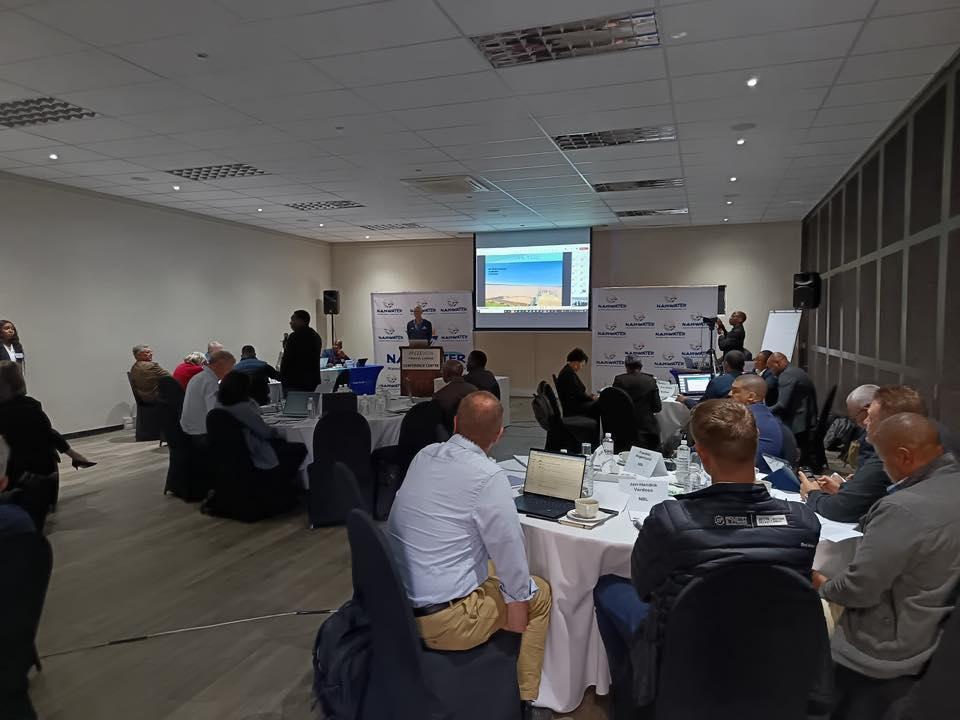Africa-Press – Namibia. THE Namibia Water Corporation Ltd (NamWater) successfully hosted the annual Central Area of Namibia (CAN) Stakeholders Workshop on 13 May 2025 in Windhoek, where it was said that central areas are still vulnerable to drought cycles impacting the availability of water.
The workshop brought together key representatives from the Ministry of Agriculture, Water and Land Reform, the City of Windhoek, regional and local authorities, and various stakeholders in the water sector to assess water availability in the CAN following the 2024/2025 rainy season and to chart the way forward for water supply planning.
Opening the workshop, NamWater Chief Executive Officer Abraham Nehemia reflected on the positive impacts of the recent rainfall season, which replenished water sources, supported ecosystems, and boosted agricultural productivity. However, he cautioned against complacency, noting that the CAN region remains vulnerable to drought cycles. He emphasized that NamWater routinely evaluates short-term water availability and applies hydrological models to guide responsible planning and sustainable usage.
Photo: NamWater
“The rains have given us a moment of relief, but history shows that dry seasons usually follow good rains. This workshop is critical to ensure we prepare adequately and manage our resources wisely,” said Nehemia.
During the session, stakeholders were updated on the current storage levels in the three-dam system (Swakoppoort, Von Bach, and Omatako), which, along with the Windhoek Goreangab Operating Company (WINGOC), have sufficient water reserves to last through two rainy seasons without immediate concern.
The workshop concluded with key recommendations adopted to guide water supply in the CAN for the upcoming season, which include the continuation of potable water reclamation from WINGOC at 5.84 Mm3/year and abstraction of 0.5 Mm3/year from City of Windhoek (CoW) groundwater.
The workshop also recommended the injection of 2.5 Mm3/year via Managed Aquifer Recharge (MAR) into the Windhoek Aquifer and no transfers from Karst Area emergency sources to Von Bach Dam; these sources are to serve only direct users.
It was also concluded that no Water Demand Management (WDM) restrictions will be implemented at this stage, while a reassessment of dam inflows will be conducted in May 2026.
Nehemia closed the workshop by commending the active participation of all stakeholders and reaffirming NamWater’s commitment to transparent collaboration and evidence-based planning.
“Your contributions have enriched our approach and ensured that our strategies are grounded in both science and shared responsibility. Let’s maintain this momentum,” he concluded.
For More News And Analysis About Namibia Follow Africa-Press






